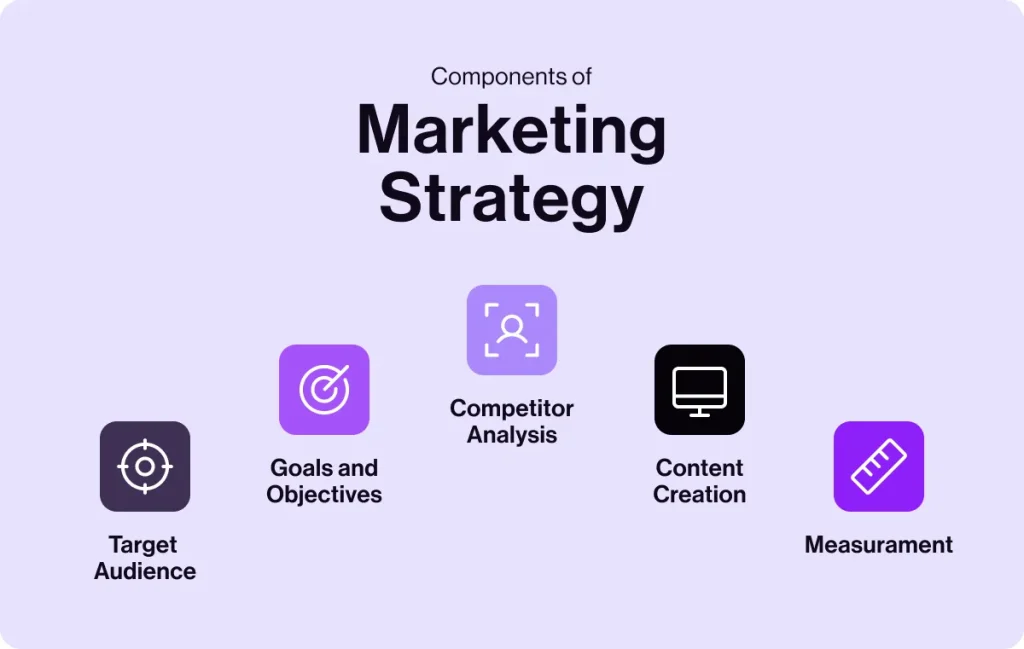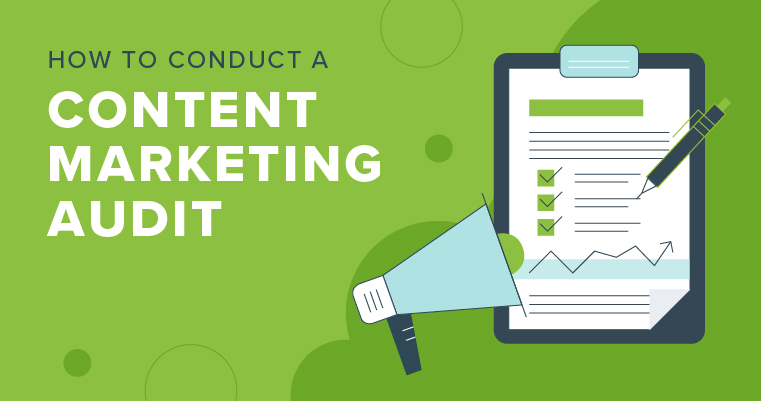In today’s digital world, content is one of the most powerful ways to attract, engage, and convert customers. A well-thought-out content marketing strategy can help you grow your audience, build trust, and position your brand as an authority in your niche. Whether you’re a startup, a freelancer, or an established business, creating a content strategy from scratch might seem overwhelming—but it doesn’t have to be. Here’s a step-by-step guide to help you build a solid content marketing strategy that works.
1. Define Your Goals and Objectives

The first step is to clearly define what you want to achieve with your content marketing efforts. Your goals should be specific, measurable, and aligned with your overall business objectives.
Some common content marketing goals include:
- Increasing website traffic
- Generating qualified leads
- Boosting sales and conversions
- Building brand awareness
- Improving customer retention
For example, instead of saying “I want more traffic,” you could set a goal like “Increase website traffic by 30% in six months through blog content and SEO.” Having clear goals will guide every other step in your strategy.
2. Understand Your Target Audience
Content that doesn’t resonate with your audience won’t deliver results. To create effective content, you must understand who your ideal customers are—their needs, interests, pain points, and online behaviors.
Start by developing buyer personas, which are fictional representations of your target customers. Include details such as:
- Demographics (age, gender, location, job title)
- Goals and challenges
- Preferred content formats (blogs, videos, podcasts, etc.)
- Platforms they use most (LinkedIn, Instagram, YouTube, etc.)
The more detailed your personas, the easier it will be to craft content that truly connects with them.
3. Conduct a Content Audit

If you already have some existing content, take time to assess it. A content audit involves reviewing your blog posts, videos, social media content, and other assets to identify what’s working and what isn’t.
Ask yourself:
- Which content pieces are driving the most traffic and engagement?
- Which ones are underperforming?
- Are there gaps or outdated information?
- Which topics resonate most with your audience?
This step helps you avoid repeating mistakes and gives you a clearer idea of what type of content to create moving forward.
4. Choose the Right Content Types and Channels
Not all content types work for every business. Your choice should depend on your audience’s preferences and your marketing goals. Some popular content types include:
- Blog posts: Ideal for driving organic traffic through SEO.
- Videos: Great for boosting engagement and brand visibility.
- Infographics: Perfect for explaining complex topics visually.
- Podcasts: Excellent for building personal connections with your audience.
- E-books or whitepapers: Useful for lead generation.
Similarly, choose the right distribution channels. These can include your website, email newsletters, social media platforms, or third-party publications. Focus on the channels where your target audience is most active.
5. Develop a Content Calendar
A content calendar is a crucial tool for staying organized and consistent. It outlines what content you’ll create, when it will be published, and where it will be shared.
Your calendar should include:
- Content titles and topics
- Keywords to target
- Publishing dates
- Content type and format
- Assigned team members (if applicable)
Planning ahead ensures that your content is aligned with seasonal trends, product launches, or industry events. It also helps maintain a steady publishing schedule, which is key to building audience trust.
6. Create High-Quality, Valuable Content

Content quality matters more than quantity. Focus on creating valuable, original, and engaging content that solves problems for your audience.
Some tips to keep in mind:
- Write clear, concise, and actionable content.
- Use storytelling to make your content relatable.
- Incorporate visuals, examples, and real-life case studies.
- Optimize your content for SEO by using relevant keywords naturally.
- Always include a call-to-action (CTA) to guide readers on what to do next.
7. Promote Your Content
Creating great content isn’t enough—you need to actively promote it. Use multiple tactics to reach your audience:
- Share on social media with engaging captions.
- Send out content through email newsletters.
- Collaborate with influencers or industry partners.
- Repurpose content into different formats (e.g., turn a blog into a video or infographic).
- Consider using paid promotion for high-value pieces.
The more visibility your content gets, the more impact it will have.
8. Measure, Analyze, and Optimize
Finally, track your content’s performance to see what’s working and what needs improvement. Use tools like Google Analytics, social media insights, or SEO platforms to monitor metrics such as:
- Page views and engagement rates
- Click-through rates (CTR)
- Conversion rates
- Social shares and comments
- Keyword rankings
Regularly reviewing these metrics allows you to refine your strategy, focus on high-performing content, and make data-driven decisions.
Final Thoughts
Building a content marketing strategy from scratch takes time and effort, but the results are worth it. By setting clear goals, understanding your audience, choosing the right content types, and continuously optimizing your efforts, you can create a sustainable content strategy that drives long-term growth. Remember, consistency and value are the keys to success in content marketing.


